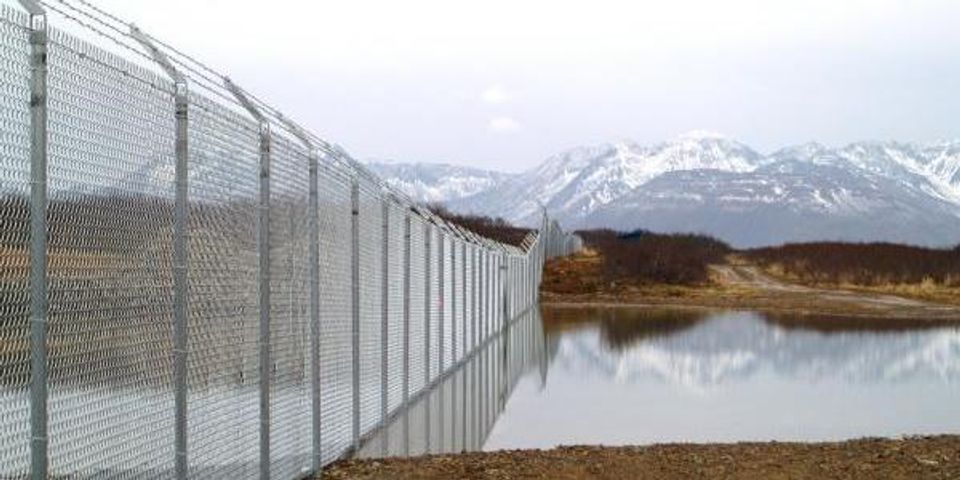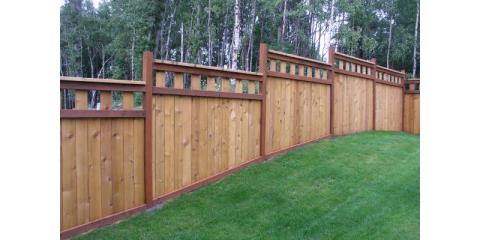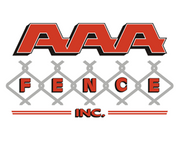Anchorage Fence Suppliers Will Help You Understand Local Fence Regulatiions

Before you install a fence on or around your property, it is important that you know the local rules and regulations that govern fence height and placement in your community. Failure to conform to these rules can result in expensive fines or even forced removal of your fence. The experts at AAA Fence, Anchorage’s premier commercial chain link fence suppliers since 1985, can help you understand the laws, municipal ordinances, and subdivision covenants, conditions, and restrictions (CCRs) that govern fence construction throughout Alaska.
In many urban and suburban regions, artificial residential fences are limited to a maximum of four feet high in the front and six feet high in back yards. The term “artificial fence” includes the traditional white picket fence, the wooden privacy fence, and the hurricane or chain link fence.

In some areas, regulations even restrict the height of natural fences. Natural fences include such large plants as hedgerows, shrubberies, and tightly grown trees, especially if they border the property. If the phrase “naturally grown or constructed” (or similar wording) is included in the ordinance or covenant, the intent is clearly to regulate the placement and height of even natural fencing.
Fences that do not conform to the ordinance can sometimes remain in place. For instance, fences constructed before the law or ordinance was passed can usually remain in place under a grandfather clause. Also, one-time exceptions—or variances—are sometimes granted for owners who wish to construct a fence that violates an ordinance in order to block out adverse conditions, such as a visual nuisance or a noisy highway.
If you have questions about a planned fence construction project, contact AAA Fence, Anchorage’s premier commercial chain link fence suppliers. Their friendly, knowledgeable experts can help you choose a fence that conforms to your neighborhood rules and municipal ordinances. Visit them online, or call (907) 349-7000 for more information today.
About the Business
Have a question? Ask the experts!
Send your question

